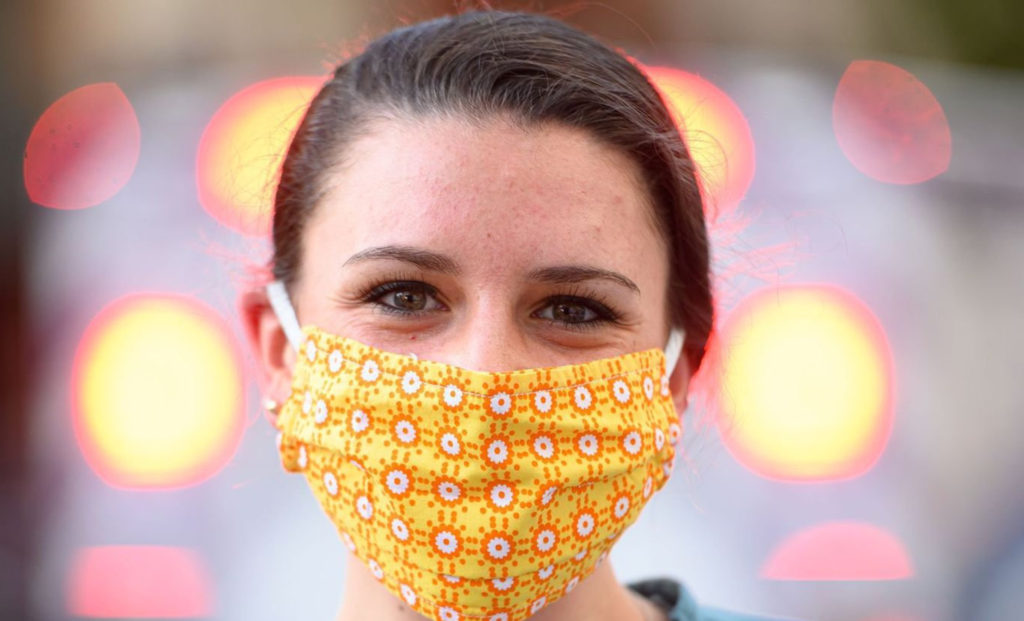Face masks are a symbol of the pandemic era – a visual metaphor for the tiny, unseen viral foe that could be lurking around any corner. Some opt for a scarf wrapped around their face, others make do with a t-shirt yanked up over their mouth. The more creative hook colorful homemade varieties around their ears, while a lucky few wear distinctive surgical masks or, rarer still, N95 respirators.
While a few months ago anyone wearing a mask in public would have drawn stares in many countries unused to this behaviour, they are now a reminder of the strange times we live in. And as governments around the world start to ease their lockdowns to allow their citizens out to mingle in the wider world again, growing numbers of people are opting to wear face masks in public.
But there is still debate about whether members of the public should be encouraged to wear face masks at all, and in some places, such as the US, there have been vocal refusals from prominent individuals over wearing face masks in public. Recent polling has suggested around a third of Americans venture out into public without wearing a mask. A YouGov poll conducted in March suggests that in Spain, Italy and China over 80% of people asked say they wear face coverings. The UK has one of the lowest adoption rates, with just 36% of people saying they wear a mask, but the government there has now announced it will make wearing face masks compulsory in shops from 24 July 2020.
In some countries, such as the US, mask wearing has become an intensely political issue. Some deafness organisations have also warned that widespread facemask wearing may disadvantage people with hearing problems. (Read more about how face masks affect our communication.)

